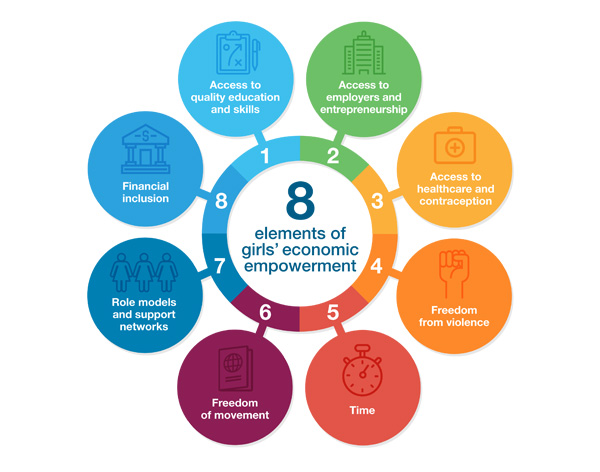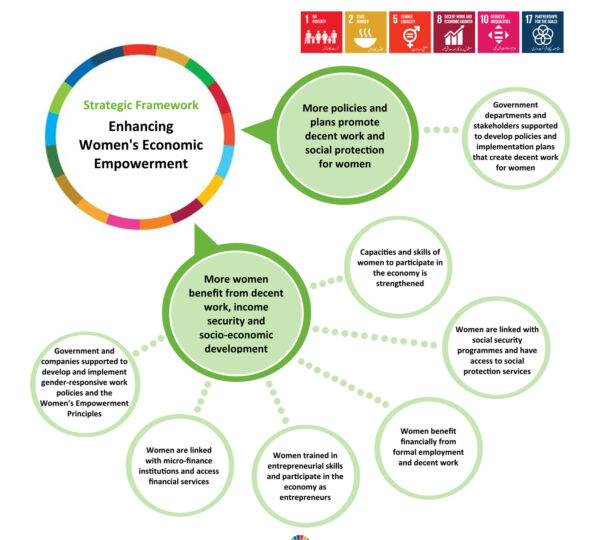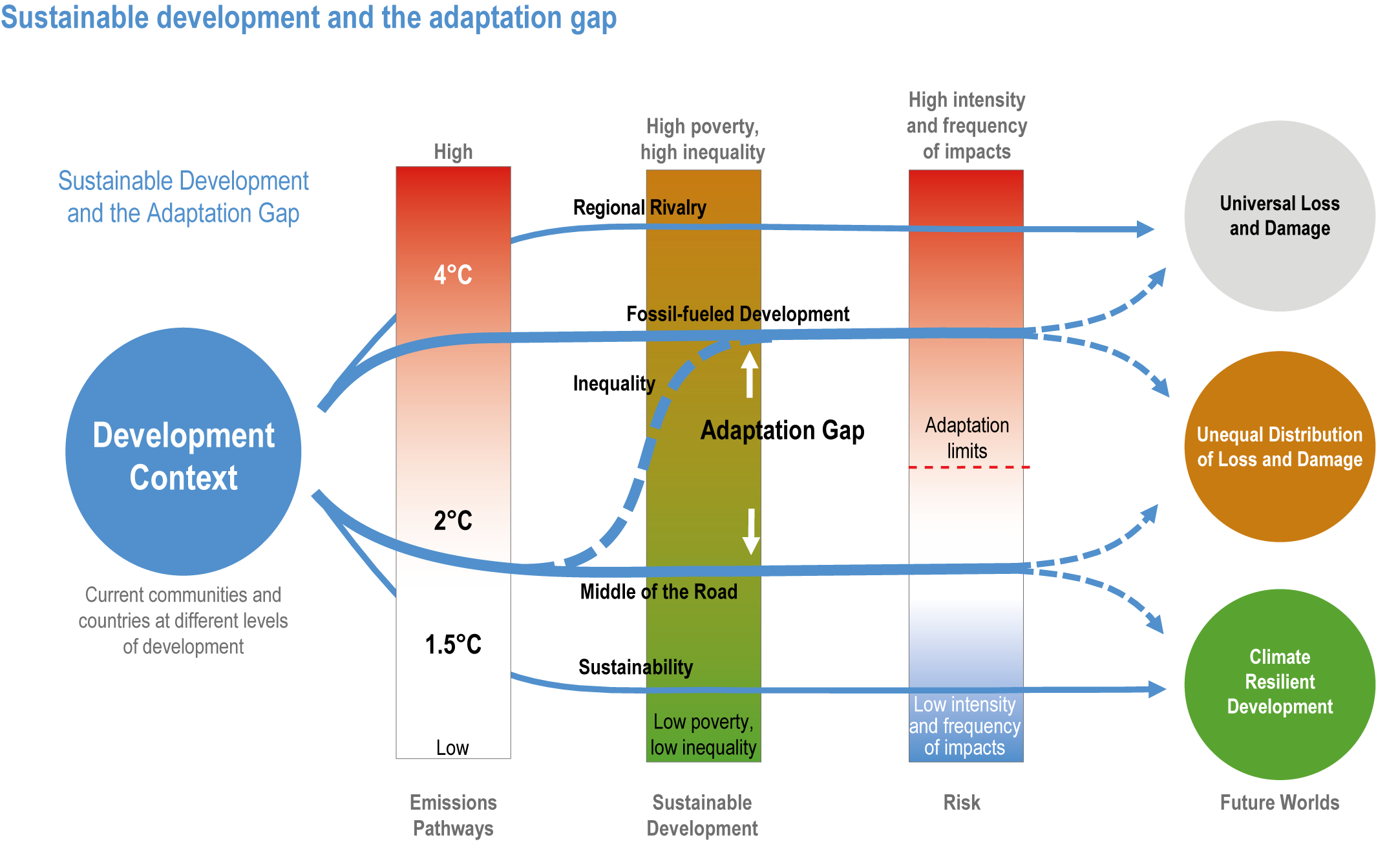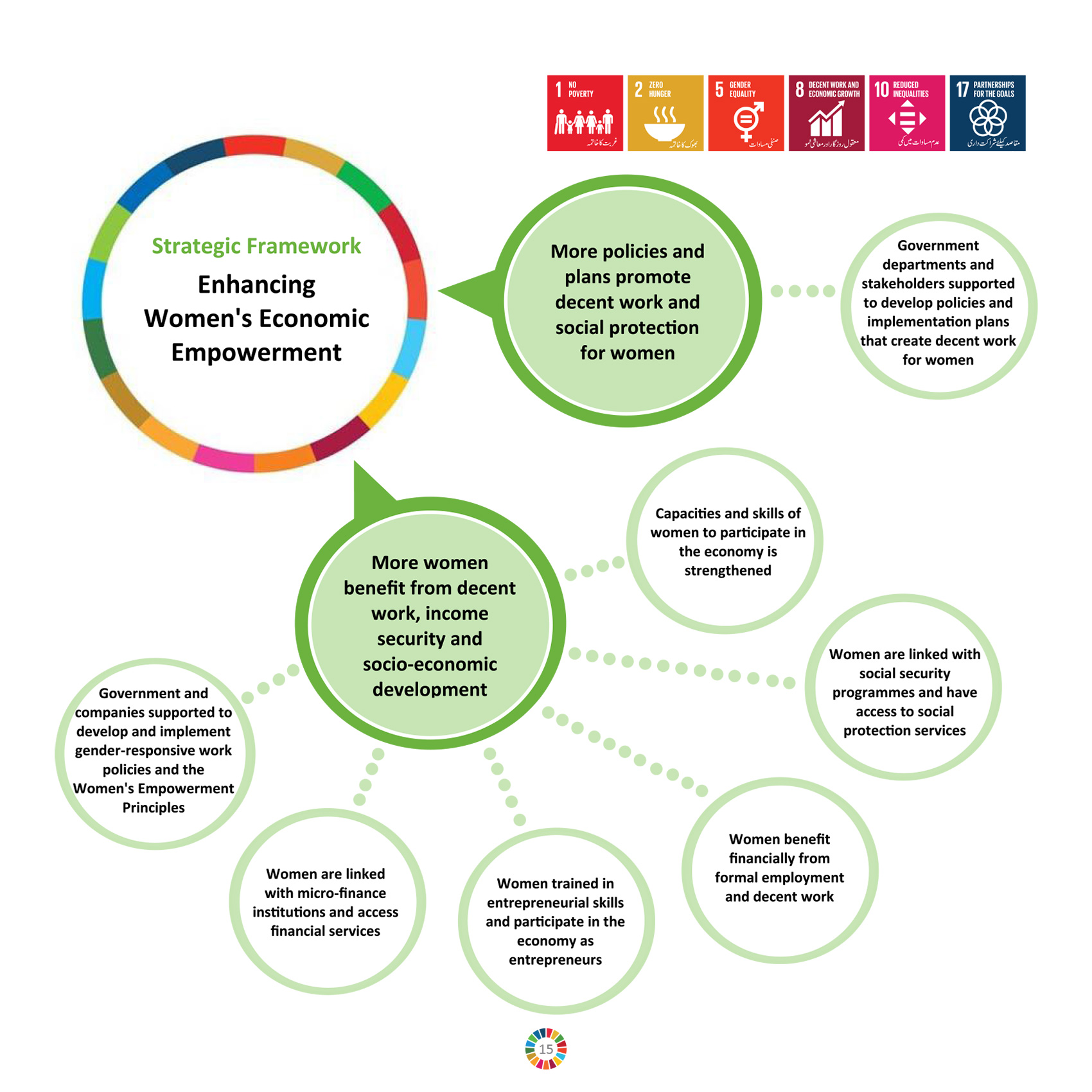Project Proposal
Empowering the Next Generation to Address Disproportionate Impacts in Low-Income Communities and Communities of Color
This project aims to empower and support the next generation by providing them with the resources, tools, and knowledge necessary to address the disproportionate impacts faced by low-income communities and communities of color.
For getting a complete proposal you can contact us at
Contact: gdn100@gmail.com / What’s App Us:+923082792040 and pay the price of your desired project.
Product Description
Project Overview: 1. Limited Resources: Insufficient funding, staff, and resources can hinder the project. It may require creativity and strategic planning to maximize the impact of available resources and secure additional funding through grants, partnerships, or fundraising efforts. 2. Engaging the Target Audience: Gaining the trust and active participation of young individuals from low-income communities and communities of color can be challenging due to various factors such as historical mistrust, prioritization of immediate needs, or lack of awareness. Building strong relationships, involving community leaders, and conducting tailored outreach campaigns can help address this challenge. 3. Institutional Barriers: Existing structures, systems, and policies can perpetuate disparities and make it difficult to drive meaningful change. Overcoming bureaucratic hurdles, navigating complex regulatory environments, and changing institutional mindsets require persistence, advocacy, and collaborative efforts. 4. Long-Term Sustainability: Ensuring the project’s sustainability beyond the initial phase can be a challenge. Developing a long-term strategy, building partnerships, and securing ongoing funding or revenue-generation opportunities are essential for continued impact and success. 5. Addressing Intersectionality: Recognizing the intersecting challenges faced by different marginalized communities, such as gender, ethnicity, religion, or ability, is crucial in designing effective interventions. It is necessary to adopt an inclusive and intersectional approach to address the diverse needs and experiences within low-income communities and communities of color. 6. Resistance to Change: Engaging stakeholders who may be resistant to change or who benefit from the current inequitable systems can be a challenge. Building awareness, providing evidence of the impacts of disparities, and engaging in meaningful dialogue can help overcome this resistance. 7. Evaluation and Measurement: Measuring the impact and outcomes of the project in addressing disproportionate impacts can be challenging. Developing robust evaluation frameworks, collecting relevant data, and employing both quantitative and qualitative methods can help assess the effectiveness of the project and inform future improvements.
This project aims to empower and support the next generation by providing them with the resources, tools, and knowledge necessary to address the disproportionate impacts faced by low-income communities and communities of color. Through a series of workshops, training programs, and advocacy initiatives, the project seeks to promote equitable development, environmental justice, and social change.
While working on the project to empower the next generation and address disproportionate impacts in low-income communities and communities of color, it is important to be aware of and address potential challenges. Some common challenges that you might face include:

Project Objectives: 2. Education and capacity building: Develop and conduct training programs and workshops to educate and empower young individuals from these communities with the necessary skills, knowledge, and resources to address these disparities. This will include sessions on community organizing, advocacy, policy analysis, and other relevant topics. 3. Mentorship and networking: Establish mentorship programs that connect young individuals with experienced professionals working in fields related to social justice, public policy, and community development. Facilitate networking opportunities to enhance collaboration and knowledge-sharing among participants. 4. Advocacy and policy influence: Encourage and support young individuals to engage in advocacy initiatives aimed at influencing policies and practices that perpetuate inequities in low-income communities and communities of color. This may include organizing grassroots campaigns, participating in policy forums, and engaging with elected officials.Ensuring the sustainability of the project is crucial for its long-term impact. Here are some strategies to consider: 1. Diversify Funding Sources: Relying on a single source of funding can be risky. Seek to secure funding from a variety of sources, such as government grants, private foundations, corporate sponsorships, individual donors, and crowdfunding campaigns. This diversification reduces reliance on a single funding stream and increases the project’s financial stability. 2. Develop Partnerships: Collaborate with local organizations, community groups, educational institutions, and government agencies to leverage resources, expertise, and funding opportunities. Building partnerships can provide ongoing support, shared responsibilities, and access to new networks and funding sources. 3. Seek In-kind Contributions: Explore possibilities for in-kind contributions, such as pro bono services, donated materials, and discounted venue rentals. Engage local businesses, professionals, and community members who can contribute their expertise, resources, or spaces to support the project. 4. Develop Revenue Generation Strategies: Consider generating sustainable revenue streams to support the project’s long-term viability. This could involve offering training programs or consulting services on social justice, community organizing, or related topics to external organizations or individuals. Additionally, explore opportunities for fee-based workshops or events. 5. Build Capacity within the Community: As the project progresses, empower community members to take on leadership roles and become advocates for change. Provide training and support to build their capacity to continue addressing disparities within their communities even after the project concludes. 6. Monitor and Evaluate Impact: Regularly assess the project’s impact and outcomes to demonstrate its effectiveness and value to potential funders. Collect data, stories of change, and testimonials to articulate the project’s success in addressing disproportionate impacts in low-income communities and communities of color. 7. Continual Networking and Relationship Building: Maintain connections with individuals, organizations, and communities involved in the project to nurture future collaborations and funding opportunities. Actively participate in relevant conferences, workshops, and forums to expand networks and stay updated on best practices and emerging trends. 1. Project Planning: Define the goals, objectives, and strategies of the project. Establish a timeline, identify key stakeholders and partners, and allocate resources. 2. Needs Assessment: Conduct a thorough needs assessment to understand the specific challenges and disparities faced by low-income communities and communities of color in your target area. This will help inform the design and implementation of the project. 3. Community Engagement: Engage with the community to understand their needs, concerns, and priorities. Establish partnerships with local organizations, leaders, and community members to ensure their active participation and ownership of the project. 4. Resource Mobilization: Develop a detailed budget and create a comprehensive fundraising plan. Secure funding from a variety of sources, including grants, sponsorships, individual donors, and partnerships. Seek in-kind contributions and explore opportunities for cost-sharing with other organizations. 5. Program Development and Implementation: Design and develop the various components of the project, including workshops, training programs, mentorship initiatives, advocacy campaigns, and networking events. Ensure that these activities are tailored to address the specific needs of the target population. 6. Recruitment and Training: Recruit and train a diverse team of staff, trainers, coordinators, and volunteers who are passionate about social justice and community empowerment. Provide them with the necessary skills and knowledge to effectively implement the project activities. 7. Implementation and Monitoring: Execute the project activities according to the established timeline. Monitor progress, collect data, and regularly evaluate the effectiveness of the interventions. Make adjustments as needed to ensure the project’s success. 8. Collaboration and Partnerships: Continuously collaborate with local organizations, stakeholders, and community members. Foster strong relationships and partnerships to maximize resources, share best practices, and amplify the project’s impact. 9. Advocacy and Policy Influence: Engage in advocacy initiatives to influence policies and practices that perpetuate disparities. Collaborate with community members and partner organizations to advocate for systemic change at the local, regional, and national levels. 10. Evaluation and Reporting: Conduct a final evaluation to assess the project’s impact and outcomes. Prepare comprehensive reports that showcase the achievements, challenges, and lessons learned from the project. Share these findings with stakeholders, funders, and the wider community to inspire future efforts. Remember to continuously assess and address the challenges that may arise throughout the implementation of the project. Stay flexible, adapt to the evolving needs of the community, and remain committed to the goal of empowering the next generation and addressing disproportionate impacts in low-income communities and communities of color.
1. Raise awareness: Conduct community outreach programs to raise awareness about the disproportionate impacts faced by low-income communities and communities of color in areas such as healthcare, education, employment, and environmental quality.
To implement the project to empower the next generation and address disproportionate impacts in low-income communities and communities of color, you can follow these steps:

Budget: 1. Staffing: Hiring project coordinator, trainers, mentorship program coordinator, and administrative support. ($100,000) 2. Workshops and training programs: Design and delivery of workshops, training materials, guest speakers, venue rentals, and refreshments. ($50,000) 3. Mentorship program: Development and management of mentoring program, including recruitment, matching, and ongoing support for mentors and mentees. ($30,000) 4. Outreach and awareness campaigns: Creation of promotional materials, community engagement events, advertising, and media outreach. ($20,000) 5. Advocacy initiatives: Resources for organizing campaigns, attending policy forums, and advocacy materials production. ($25,000) 6. Networking events: Organizing networking events and conferences for participants to connect with professionals and experts. ($15,000) 7. Evaluation and monitoring: Data collection, analysis, and reporting on the project’s impact and outcomes. ($10,000) 8. Administrative and operational costs: Office supplies, technology, communications, and overhead expenses. ($20,000) Total Budget: $270,000 It is important to note that the budget outlined here is a general estimate and can be adjusted based on the specific needs and resources of the project. Additionally, seeking additional funding through grants, sponsorships, and partnerships can further support the project’s sustainability and expansion.











Reviews
There are no reviews yet.